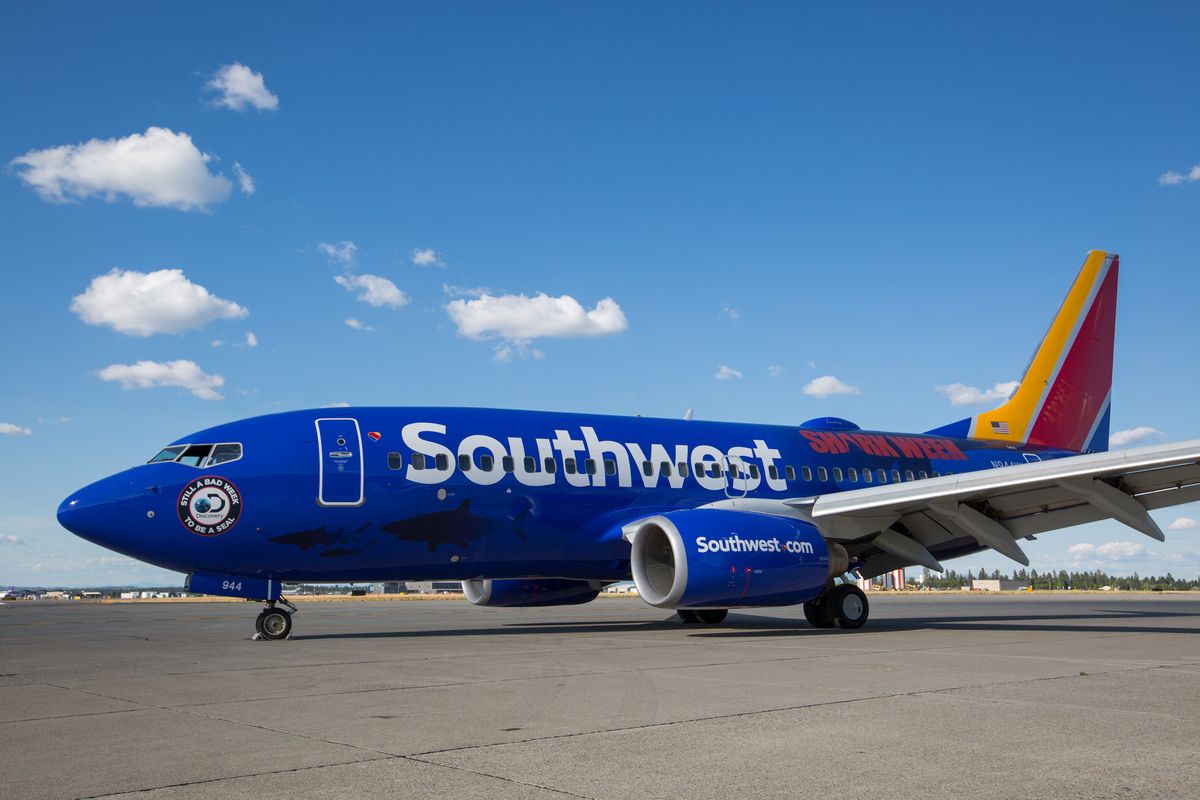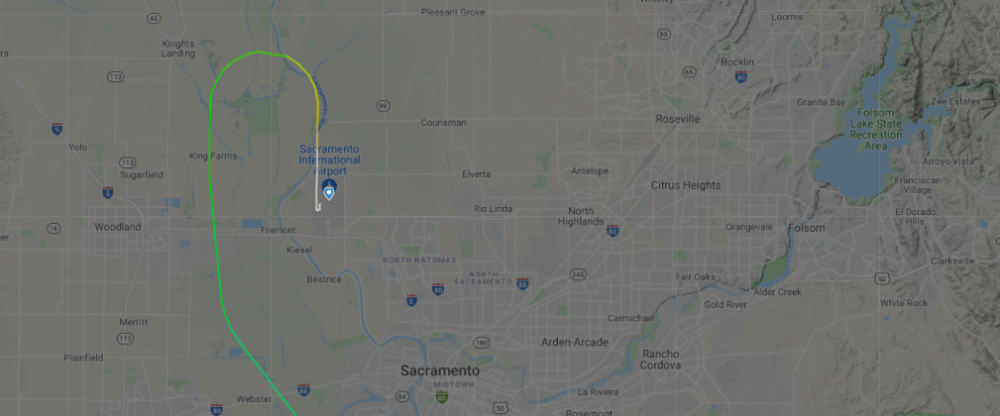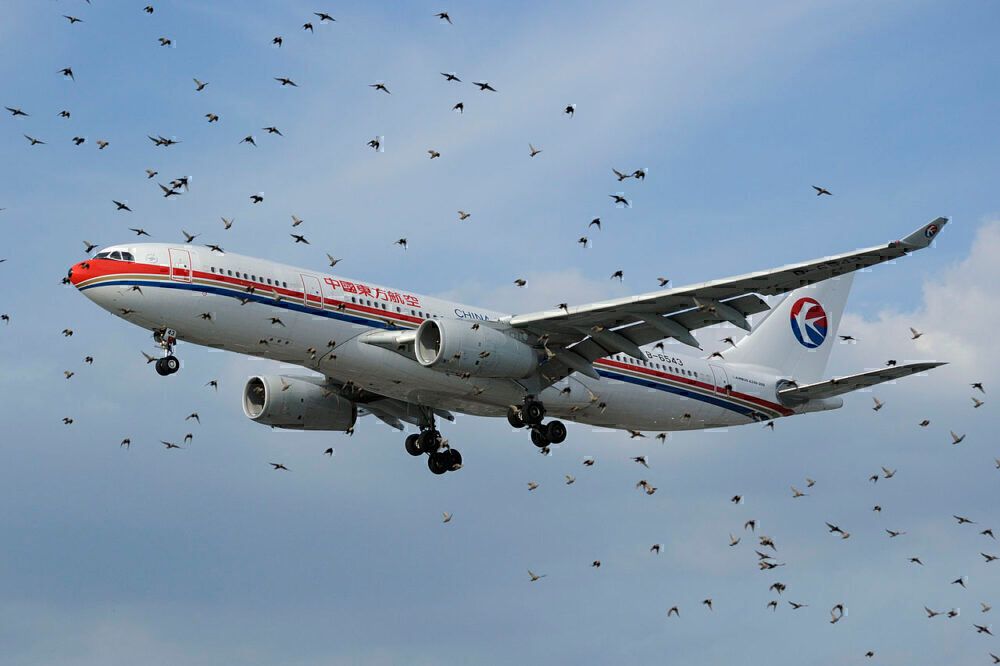A Southwest Airlines Boeing 737-700 struck several birds while approaching Sacramento Airport on Saturday evening. The engine cowling was damaged as a result. The Boeing went on to land safely. There were no injuries among the 70 passengers and five crew.
Bird strike damage to engine cowling on Southwest Boeing
The incident was first reported in The Aviation Herald earlier today. The report states the Boeing, registered as N910WN was on approach to runway 16R at Sacramento when it hit the birds.
The Southwest Boeing was operating a scheduled flight from Santa Ana / Orange County to Sacramento. Flight WN2400 is the scheduled 17:10 departure from Santa Ana / Orange County. The FAA records the incident occurring at 18:22. The extent of damage to the aircraft is unknown. Southwest Airlines has flown N910WN since February 2008.
Stay informed: Sign up for our daily aviation news digest.
Saturday's incident was the second in just a few months involving Southwest Airlines and birds. In mid-September, a Southwest Airlines Boeing 737-700 had to conduct a rejected takeoff after its left-hand engine suffered a bird strike. That flight was operating from Milwaukee to Orlando.
Bird strikes mostly occur during takeoff or landing. That's because most birds do not fly at high altitudes. But there are exceptions to the rule. Bird strikes have occurred at altitudes of between 20,000 and 30,000 feet.
The number of bird strike incidents is on the rise
The FAA reports the number of birdstrike incidents is increasing in the United States. They increased from approximately 1,800 in 1990 to 16,000 in 2018. The FAA attributes this to;
"Expanding wildlife populations, increases in the number of aircraft movements, a trend toward faster and quieter aircraft, and outreach to the aviation community."
As a result of the increase in incidents, there is now a greater interest in managing bird populations around airports. The FAA calls this wildlife hazard mitigation and suggests there are four ways to deal with the problem; (i) habitat management, (ii) wildlife dispersal, removal, and exclusion, (iii) detection and prediction of wildlife movements and behavior so that aircraft can avoid high-risk activities, both temporally and spatially, and (iv) enhanced aircraft detection and avoidance by birds through novel aircraft lighting schemes. On its website, The FAA says;
"During the past century, wildlife-aircraft strikes have resulted in the loss of hundreds of lives worldwide, as well as billions of dollars in aircraft damage."
Bird strikes may be under-reported
Research compiled approximately six years ago by the Bird Strike Committee Europe, and the International Bird Strike Committee suggests that bird strike incidents have resulted in at least 600 aircraft being destroyed and over 500 deaths in the last century. That research also argues these figures may be understating the problem. The research argues many bird strike incidents in places like Asia, Africa, and South America are not properly documented.
Bird strikes are rarely fatal for big planes like Southwest's Boeings. The aircraft, including its engines, is designed and built to withstand incidents like these. However, bird strikes are not something that can be taken lightly either. In 2012, a Dornier 228-200 in Nepal crashed after takeoff after striking a bird. Nineteen people were killed. Then, there was the famous US Airways incident on the Hudson River in 2009.
After the incident on Saturday near Sacramento Airport, N910WN remained in the ground until Monday. At lunchtime on Monday (local time), the aircraft operated a scheduled flight to Phoenix Sky Harbor. Thereafter, the Boeing 737 is back into the swing of things, operating a busy roster of flights over the next few days.



